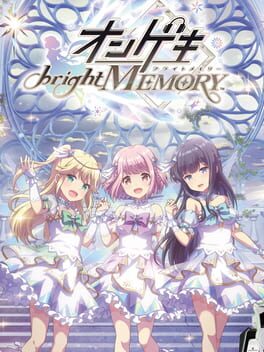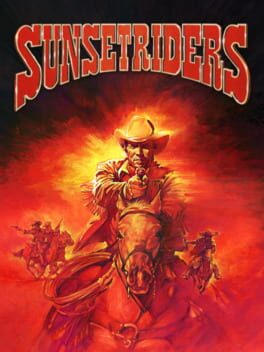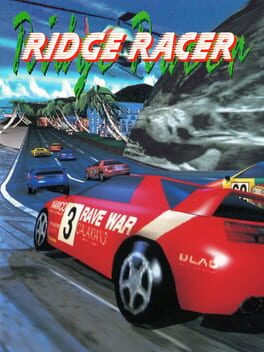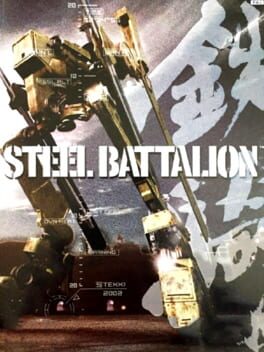full stack of flapjacks 3
magfest edition... I didn't eat any pancakes unfortunately (the breakfast market near the gaylord closed down 😔) but I did have chicken and waffles
4 Games
to those of you who read my project diva arcade mechanical breakdown (thank you! I know it was very dense), ongeki expands on many of the ideas I brought up regarding rhythm game design: physical routing around the controller surface, keeping players from resting in the home position, and non-rhythmic elements overlaid on top of the primary gameplay. it's a sit-down cabinet with six main buttons (red green blue on both left and right), a horizontal lever in between the two sets of buttons, and then two buttons on vertical struts on either side of the cabinet. if you've seen chunithm this is more or less a sister game, with the same development team at sega (completely separate from project diva tho, I think these guys are AM1 or R&D1 or w/e they're called now), tall vertical screen, and menu assets/layout. unfortunately also shares that game's obnoxious event-driven metaprogression system, although unlike modern chunithm the between-song menuing isn't as heavy given that there's no board game system that you're constantly interacting with (that's a long story better suited to a full chunithm review). the gameplay has these light shmup elements interleaved where you're fighting an enemy along a track by shooting at them (hitting the right notes), and damage is only dealt when you're within the physical confines of the track, which sways back and forth. you follow that with the lever indepedent of the notes that are being played, and given that the lever eats up a full hand, you're likely going to spend most of your time with one hand on the lever and one hand on one of the sets of buttons. add in the two side buttons being far away from the main buttons + sections where you'll play both sets of main buttons simultaneously, and you're going to be moving your hands around a lot playing this. the layers of mechanics feel like they're reaching the point of maximalism a bit, with master level charts having sections combining all five various hand positions and requiring each hand to manipulate the lever at various points, alongside further mechanics such as enemy bullets, "bells" (life pickups that increase score as well), holds, and timed lever shifts. one lunatic (the highest level of charts in the game) chart I saw started fucking with obfuscation by having the level grind to a halt, only to have the course start scrolling backwards with notes coming from the bottom of the screen instead of the top. very cool, although reasonably rare compared to the more accessible and poular chunithm. I'm peaking at around 12* charts rn and would like to reach lunatic before I write down more substantial thoughts.
my local arcade has this but the screen is this hideous HD thing that skews the image into widescreen, so I've never really sat down with it until finding an actual crt cabinet at magfest. quite tight little run-and-gun with a fair offering of environmental interactions (jumping above and below overhangs, hanging from horizontal ropes, running on bulls) and movement (simple jumps, slides, eight-way aim). bullets are relatively slow but are big enough to claim a reasonable amount of space if you aren't careful with your bulky sprite, making positioning to avoid dead ends with no jump or slide escape feel relatively rich. really enjoyed how the auto-scroller horse riding sections, which are the kind of thing I would usually roll my eyes at in a game like this, actually have their own bits of nuance, such as how pressing downward before shooting in any of the lower-facing directions will cause your character to hang from the side, allowing fire from above to cross over the top of your horse while restricting you to dealing with enemies below you as well. bosses are fine, but the diagonals on the cabinet are very strict and I struggled to shoot in those directions, so some of the mid-game bosses took me quite a while unfortunately. some of this is alleviated by the power-up system, which gives you a double-shot with an acute angle between the bullets that can make up for this a fair. could see myself running this more on emulator in the future to get a better feel for the game's intricacies.
first time they had a cabinet for this in the times that I've gone so I promised myself I would sit down to give it a shot, even as I was simultaneously disappointed that sega rally and scud race got the axe this time. hopped in the chair and wow, my first impression was that the psx port was a complete hack job. essentially the arcade version played exactly like r4, with the same touchy drifts upon pumping gas that are consistent and easy to learn. playing the first two ridge racers on psx my strategy was always to play in more of a "grip" style by feathering the brake in turns to get tighter lines, and that just doesn't factor in at all here. I went back to the psx version for a bit and it still plays like I remember it, with the drift having this awkward "balance the front of your car" minigame-esque element that gives you a sudden jolt of speed at the end in such a way that makes it feel extremely inorganic. it functionally fishtails on almost every drift, in comparison to the arcade version, where the player dictates the oversteer in a given direction and small corrections don't quickly result in oversteers in the opposite direction. didn't play it as much as I might have liked (since I tackled it at like, 8am on sunday before driving home lol), but I'm very thankful for the new perspective that it gave me on the series' history.
yes indeed... a pretty paltry museum this year compared to the playable devkits and full retro PCs of previous years (other than a saturn equipped with a saroo flash cart that I wish I had played on more), but tucked away in the corner was a full steel battalion setup. I barely played on it (I meant to really tuck in when traffic was low in the middle of the night before finding out the final night that they closed at midnight), but I can confirm... most of the controller is either start-up or mission specific stuff lol. buttons light up and you press them until the mech is operational and you can start moving. otherwise it's primarily a twin-stick in the virtual-on sense, although for this particular game the left stick is tank controls movement and the right stick moves your right arm for aiming. there's a gear shift as well, although it's rather relaxed and doesn't really feature a "revs" system of any sort. the third pedal then (other than usual gas and brake) is not a clutch but rather a dash, with the length of the dash based on the depth of the press. sorta neat, but perhaps less transformative than I was really hoping. enemy missiles are slow and it def seems like an exercise in preserving your hydraulic power (your resource for dashing) in order to strafe around projectiles while peppering enemies with guns. I wasted a lot of time on movement bcs I didn't realize the "camera" (a mini-joystick on top of the left stick) has no bearing on movement and I was drunkenly wandering into barracades, tho thankfully there is a secondary view on the bottom of the screen that shows your actual forward-facing camera for keeping you oriented. may never get to play this again but I'm glad I finally got to sit down with it!



